10 Tips to Help You Conserve Some Coin
We all want to know how we can trim our monthly grocery bill and yet feed our families real, wholesome food. Anyone who has shopped for organic ingredients, knows that there is a price to pay for bringing home pesticide-free, all-natural foods. So what can be done?
Fortunately, Slow Food Rhode Island leader Amy McCoy of Poor Girl Gourmet has some solutions for us. In her brand new cookbook, Poor Girl Gourmet: Eat in Style on a Bare-Bones Budget, she takes us on a low-budget, high-quality food adventure, offering proven tips for eating wholesomely on the cheap, as well as providing reliable recipes to back the tips up. Her suggestions for frugal eating are one hundred percent applicable for every household and well worth reading about.
Here are ten money-saving tips that I gleaned from her cookbook, as well as a recipe that demonstrates how a less desirable (read: cheaper) cut of meat can be absolutely amazing.
1. Make a Weekly Menu Plan.
Sound familiar? Menu planning saves cash by helping us to buy only what we need and reducing the chance of having food go to waste. We’ve got 9 Tips to Successful Menu Planning here at Simple Bites.
2. Shop Super Smart.
- Cut coupons
- Shop sales
- Buy in bulk
- Shop at ethnic markets for specialty items like spices.
3. Buy Local and In Season.
Even better, grow it yourself. Here are tips on how to source food locally.
4. Establish a Relationship with Your Purveyors.
Be it the grocer, butcher, farmer or baker, form a relationship with the people who produce your food. These folks can give you money-saving tips on topics such as portion size, seasonal produce, menu planning, serving suggestions, and crop availability.
As Michael Pollan puts it in his book In Defense of Food, “Shake the hand that feeds you.”
5. Buy Meat on the Bone.
And don’t overlook the inexpensive cuts of meat, either. They are often even tastier than the fancy cuts, as demonstrated in the recipe below.
6. Better Yet, Eat Less Meat.
Cutting food costs is helped by reducing the quantity of meat per serving, as well as the frequency with which you eat it. Try incorporating one meatless meal a week into your menu plan.
7. Purchase Fruits & Vegetables in Their Whole State.
Those pre-cut vegetables at the supermarket? You’re likely paying a premium for them. Buy your produce whole and invest in a good knife!
8. Do Not Forsake Your Freezer.
This goes hand in hand with buying in bulk, for one would not be entirely possible without the other. Stock up during sales and store nuts, flours, seasonal produce and, of course, meats in the freezer.
9. Use Sauces and Garnishes to Enhance Food.
Amy McCoy claims there is no faster way to dress up a plain meal than by adding a sauce. In her cookbook, she skillfully demonstrates the versatility of the sauce and gives plenty of suggestions for affordable garnishes.
10. Do Not Waste Food.
It almost feels redundant to remind ourselves of this obvious statement, but it may be the most important tip to making ends meet.
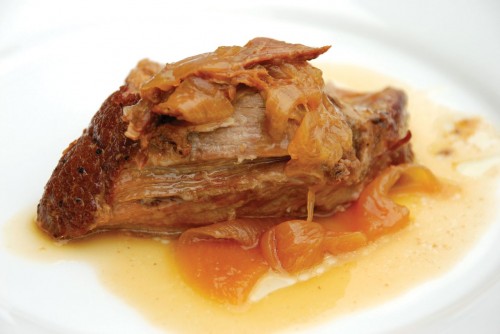
Recipe: Braised Pork Shoulder
—From Poor Girl Gourmet: Eat in Style on a Bare-Bones Budget
by Amy McCoy/Andrews McMeel Publishing
- ¼ cup extra virgin olive oil
- Kosher salt
- Freshly ground black pepper
- 1 (4- to 5-pound) pork shoulder (see Note)
- 2 medium yellow onions, cut crosswise into ¼-inch rounds
- 1 Tablespoon Dijon mustard
- 1 teaspoon dried thyme, or 1 tablespoon fresh
- 4 cups apple cider
- Warm the olive oil over medium-high heat in a large Dutch oven or other large, heavy pot with a tight-fitting lid. Season the pork shoulder on all sides with salt and pepper. Brown the pork shoulder on all long sides (don’t worry about the short ends, you’ll be wrestling pork shoulder and oil, and it’s not necessary), 3 to 5 minutes per side.
- Remove the pork shoulder from the pot and transfer it to a plate. Reduce the heat to medium. Place the onions in the pot and cook until they are softened and translucent, 5 to 7 minutes. Add the mustard and thyme, stirring to combine. Return the pork shoulder and any accumulated juices to the pan, and add the apple cider.
- Bring to a gentle simmer over medium heat, cover, and cook at a gentle simmer until the meat does what? Falls off the bone. That’s right, people. At that point, the meat is also fork-tender, meaning it does not require a knife to be cut. To achieve this will take 3 to 3½ hours. Pull yourself some pork from the pot, put it on a plate, top with a bit of the cooking liquid or Tangy Barbecue Sauce (recipe below), and start thinking about pulled pork sandwiches, even as you enjoy the braised pork.
NOTE: Amy prefers a shoulder that is cut flat, rather than with a protruding leg bone. You want as small a bone as you can get your butcher to rustle up. Pork butt, also called Boston butt, would also work here.
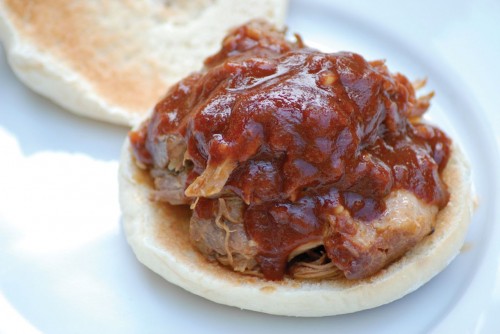
Recipe: Tangy Barbecue Sauce
—From Poor Girl Gourmet: Eat in Style on a Bare-Bones Budget
by Amy McCoy
- 2 Tablespoons extra virgin olive oil
- 1 medium shallot, finely chopped
- 2 cloves garlic, peeled, very finely chopped
- ½ cup distilled white vinegar
- 3 Tablespoons packed brown sugar
- 2 Tablespoons honey
- 1 (6-ounce) can tomato paste
- 2 Tablespoons Dijon mustard
- 2 Tablespoons Worcestershire sauce
- ¼ teaspoon chili powder
- ¼ teaspoon kosher salt
- Freshly ground black pepper
- In a large saucepan over medium heat, heat the olive oil. Sauté the shallot and garlic until softened and the shallot is translucent, 2 to 3 minutes.
- Add the vinegar, sugar, and honey, and stir until the sugar and honey are dissolved. Add the tomato paste, mustard, and Worcestershire sauce, stirring to combine. Add the chili powder, salt, and pepper, and give it a good stir.
- Simmer on medium-low heat, stirring occasionally, until the sauce has thickened, 18 to 20 minutes. Okay, now, dole it out—first onto reheated pork shoulder leftovers, and then, later this week, onto any other protein that you want to jazz up with delicious barbecue taste.
[print_link]
How frugal are you? In what ways could you further conserve coin in your shopping?

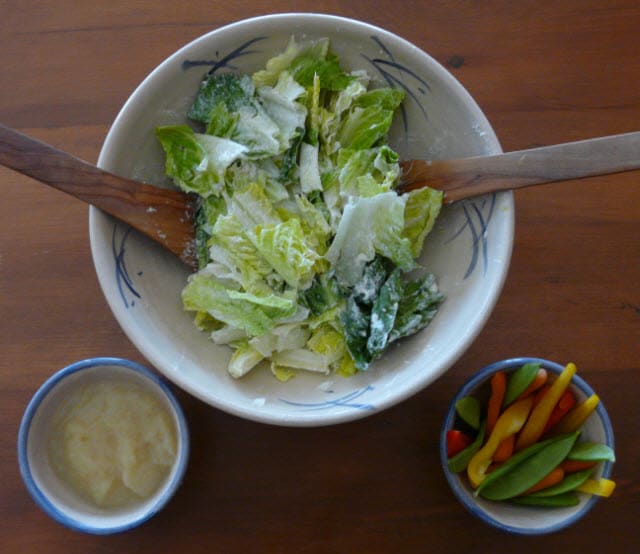
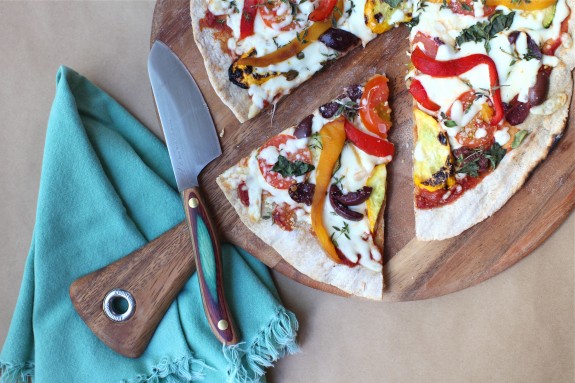

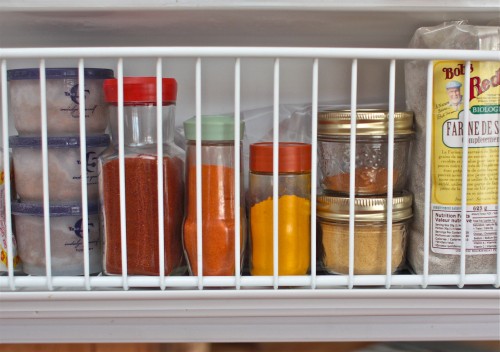
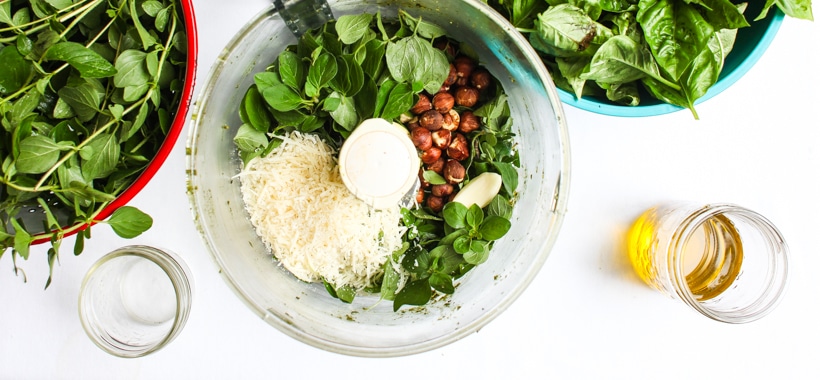
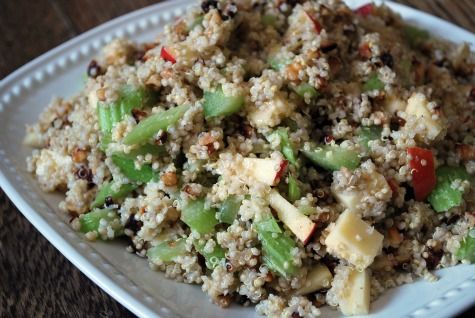
You could transfer the whole mess to a crock pot to cook, no?
One of the big money savers I’ve been doing is to eliminate boxed cereals. Also, using up what I already have. It’s a no brainer, but some days I have no brain.
Yes, that would work well, too, Jennifer. Cooking time will vary, though.
Oh, I’ve been weening my hubby off of cold cereal–he grew up on it. He’s doing great and can now walk past a super sale at Costco without batting an eye.
I almost never pay more than .25 per box of cereal, so I don’t find it to be expensive. In fact, today I bought six boxes and got them all absolutely free (with overage)!
What a practical list. I am a big menu planner and every week I make myself come up with an extra unplanned meal from what I have on hand. It is like 52 free meals a year.
.-= Glenda Childers’s last blog: Remembering Hallie (part nine) ~ just for fun! =-.
52 free meals a year–I love it! Amazing how it all adds up.
The recipe sounds tasty. Good tips on saving money, but I’m not sure that buying local is a money saving tactic. Farmers’ Market prices can be high. The quality is good and you know where it’s coming from, but to me it’s not a way to save money. The exception is if you can find a produce stand out in the country where someone is selling. Those tend to be less expensive.
I imagine it depends on the product, Tiffany, and the market. You do have a good point, though.
We love getting corn on the cob from roadside stands. If we’re lucky, they are selling it hot and buttered, too!
Oh yum! I want to find a stand that serves hot buttered corn on the cob! Maybe one set up right in the corn field 🙂
Great tips! I am beginning to be more and more wise with my money as I simply need to be. One of the first places I begin is by saving money with my food. Going out to eat less definitely helps and ends up being more healthy too. Buying in bulk on Amazon helps too. I LOVE amazon and get free 2 day shipping too.
You make such a good point here. Really ‘Cook at Home’ is like the Rule Zero. That’s where the savings really start- by eating out less.
Shopping with a list is the way to I stay within my grocery budget. If I don’t have it, I’ll end up forgetting what I need and buying a whole lot of stuff that I know I don’t need (really, I know I’ll eat that whole pan of brownies over the weekend, if I get the box). Great tips otherwise; many of them I use. 🙂
Bravo. I’m hopeless without a list, –let’s just call it ‘baby brain’!
Kara – I HEAR YOU!
If I go shopping without a list I easily spend almost $50 extra. Even if I’m buying stuff that we’ll use eventually… it always works better (budget wise) when I stick to my list.
There’s no doubt that the list is a must have! I will sometimes walk back out the door if I realize I’ve forgotten it because it’s not worth the extra money that I spend – and I always have to go back a second time because I’m sure to forget things!
.-= Tina’s last blog: The Bumble Bee Buggy by Little Tikes =-.
How frugal are you? In what ways could you further conserve coin in your shopping?
Call me crazy, but I shop at my parents place! I show up and raid the fridge and storage, and all I get charged is hugs – and I love hugs!
Seriously though, knowing what to buy before heading out helps so much! Meal planning, buying in bulk and experimenting with whats left in the home as suggested before, all leads up to savings, savings, savings!
S
Now why didn’t I think of that, Shaun!
With your mom making the good food that she does, you’d be crazy NOT to shop there.
This may sound crazy, but I think we’re saving money by actaully spending more to buy local, grass fed beef. Yes, that 10 pound box of various cuts was expensive, but I’m now thinking twice about how/when we’re eating beef because I’m putting a higher value on it. Ex. We’re eating veggie stir fry without the meat and saving the beef for purposeful uses.
.-= Alissa’s last blog: Josh at 7 Months =-.
That doesn’t sound crazy at all, Alissa. We feel the same way about our side of beef.
I find it is a great deal cheaper to buy produce locally. Of course, it limits the selection of produce a bit. But it is a good boost to my meal-planning creativity if I am forced to plan meals that fit the season.
I’ve been doing a shopping list for eons! This summer is my experimental summer: I’ll be alone for most of it, so my plan is to only buy farm market produce and dairy, and eat what I have in my cupboard and my freezer. (I like to stock-pile foods.) This will involve meal planning and creativity and lots of lovely beans and soups. I want to see how cheaply I can cook and eat for one!
.-= Sandy B’s last blog: Food for Thought Tuesday =-.
Aren’t we all cinching up the budget belt these days? I love the menu planning idea. My mom ALWAYS did it and fed oodles of people on the bare minimum…with awesome results! I like to make up a menu of a month’s worth of suppers. It helps me to know what to have handy and keeps me out of that darn “supper rut”! Also, buying in bulk is the way to go! We buy spices in bulk at a co-op and keep what we’ll use right away in canning jars and the rest in the freezer. Spices can spruce up the simplest of fares. Thanks for your GREAT website! My sister and I call each other specifically to ask if the other has tried your recent recipes! They are all top notch!!
Why thanks so much, Annie! Your comment really made my night. I love that you and your sister are both cooking from this site.
Thanks for reading– a bunch!
I am constantly substituting or eliminating more expensive ingredients in favor of cheaper ones. For example, when I make risotto, I use medium grain rice instead of Arborio. If a recipe calls for pine nuts, I use walnuts or pecans. Basically, I try to make a version of a recipe with what ingredients I have, rather than adding to my shopping list.
.-= Julia’s last blog: How to Make a Fishing Game in Five Minutes =-.
I appreciate the ways to save money, but would also like to draw attention to the fact that even if you shop at a farmer’s market it may or may not be healthy. Some of the vendors in our city’s Farmers Mkt. actually buy produce at the grocery store and then
peddle it off at the Saturday Farmer’s Market. One local field I have picked at also sold onions and on our way back to the car we saw the commercial burlap onion bag in the barn! So let the buyer beware. Wouldn’t it be great if we could all grow our own stuff!
Praise be to the local farmer who does it right!
Great post! One big thing for me is just not buying filler foods. Cereal is typically low protein, sugar laced, artificial coloring drenched empty calories. If I make some granola, on the other hand, I can easily use honey, olive oil, whole wheat flour, etc, and sneak in some whey protein powder too. I consider juice a filler food as well. It’s processed and frequently contains corn syrup. I find it cheaper and more nutritious to feed my kids fruit for a snack, and forgo juice, than purchase snack foods and juice.
I’ve become pretty good at making a weekly menu and only buying groceries on the list. But I still cringe every time I hear the total at the register. We budget $ 200 a week on groceries for a family of 5 and that never seems to be enough. And when the money is gone we make due with what we have until the following week. My question is where do people find coupons for organic food? I shop primarily at Target and a local Natural Store but there never seems to be an coupons for organic food. Any ideas?
Carolyn – I get a daily email with coupons and low prices across the internet. You can go here to sign up (and I think they’re posted on this site too):
Hi, Wondering how long the BBQ sauce would keep in the fridge by itself? Thanks!
I keep mine up to five days. I also freeze the excess in a small glass jar with plenty of head space.
Thanks, Aimee!
Great
Hi there! I just discovered this post, do you think I could substitute chicken for the pork (for the pulled pork recipe)? I want to bring this as a “get well” meal to a family and I’m not 100% they eat pork. Thanks so much!!!!